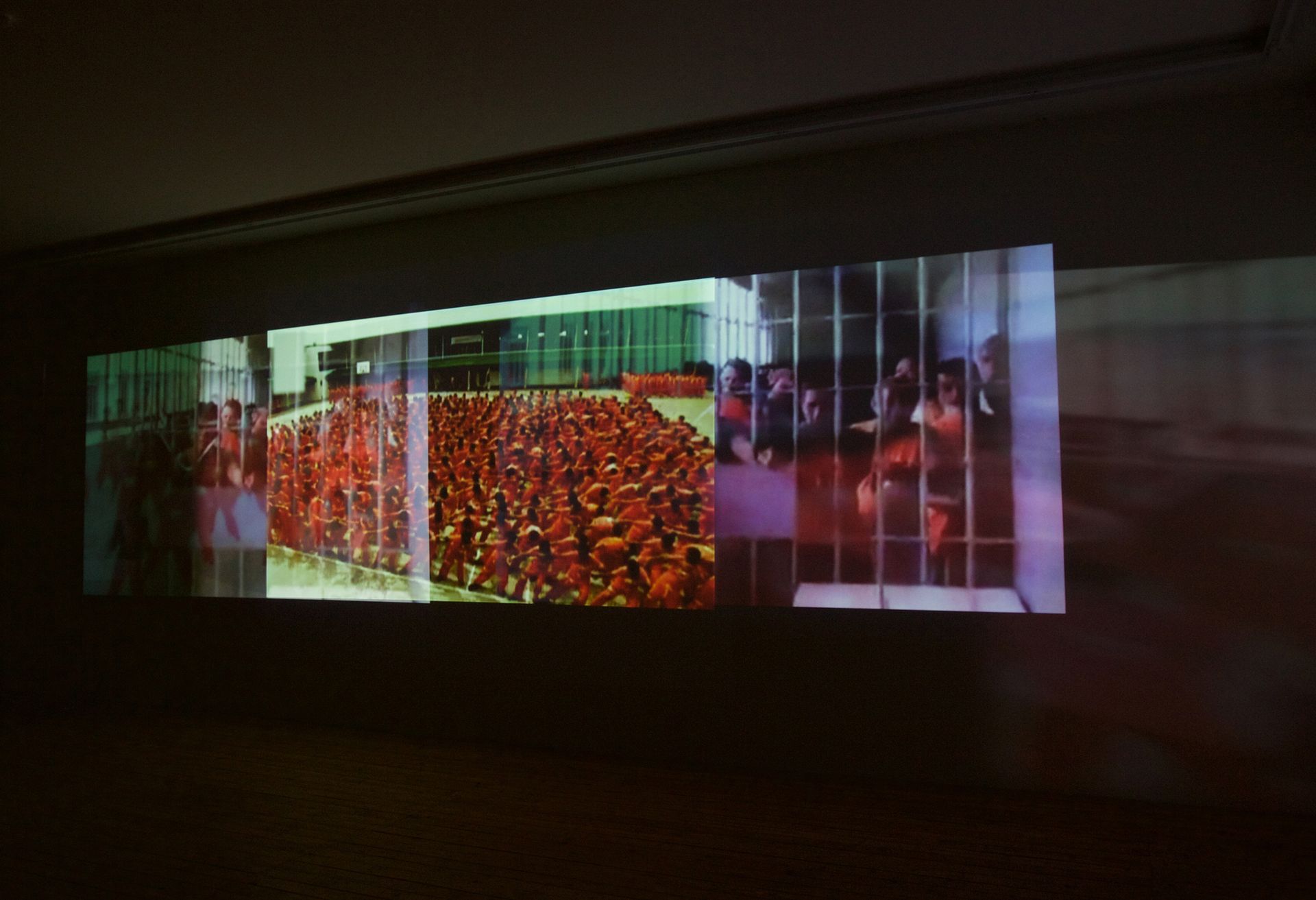A joint exhibition at PPOW and Galerie Lelong in New York aims to show a side of the artist Carolee Schneemann beyond her Meat Joy (1964) days—the work in which the artist and other performers danced while rubbing cuts of meet around their bodies, now part of the Museum of Modern Art’s permanent collection. Further Evidence—Exhibit A and B (until 3 December) features a series of lesser-known mixed-media works from the 1980s and 90s that were “simply ignored”, Schneemann tells The Art Newspaper.
The presentation at PPOW includes drawings and an installation that Schneemann conceived in response to being hospitalised for cancer treatment. The gallery is also showing the rarely seen installation Known/Unknown: Plague Column (1995-96), incorporating text, photographs, collages, sculptures and video. This was inspired by a 17th-century Viennese monument where the bubonic plague is represented as a witch, created at a time when the feminine was “not considered a power, but was marginalised and made toxic by the church”, Schneemann says.

Galerie Lelong has the multi-media installation Precarious that was commissioned by Tate Liverpool in 2009 and has never been shown in New York. The work deals with different forms of oppression and includes collaged paintings of caged cats captured for food and video clips of animals and Filipino prisoners dancing in captivity that are projected onto the walls of a separate room. In another gallery is the multi-channel installation Devour (2003-04), in which everyday scenes are presented in a way “that may be considered startling or disruptive—that appear almost sinister”, Schneemann says. These include a slowed-down scene of a mouth eating spaghetti, the artist kissing her cat, and a close-up of a straightedge razor held against a man’s neck that Schneemann shot outside of a barber shop in New York.

